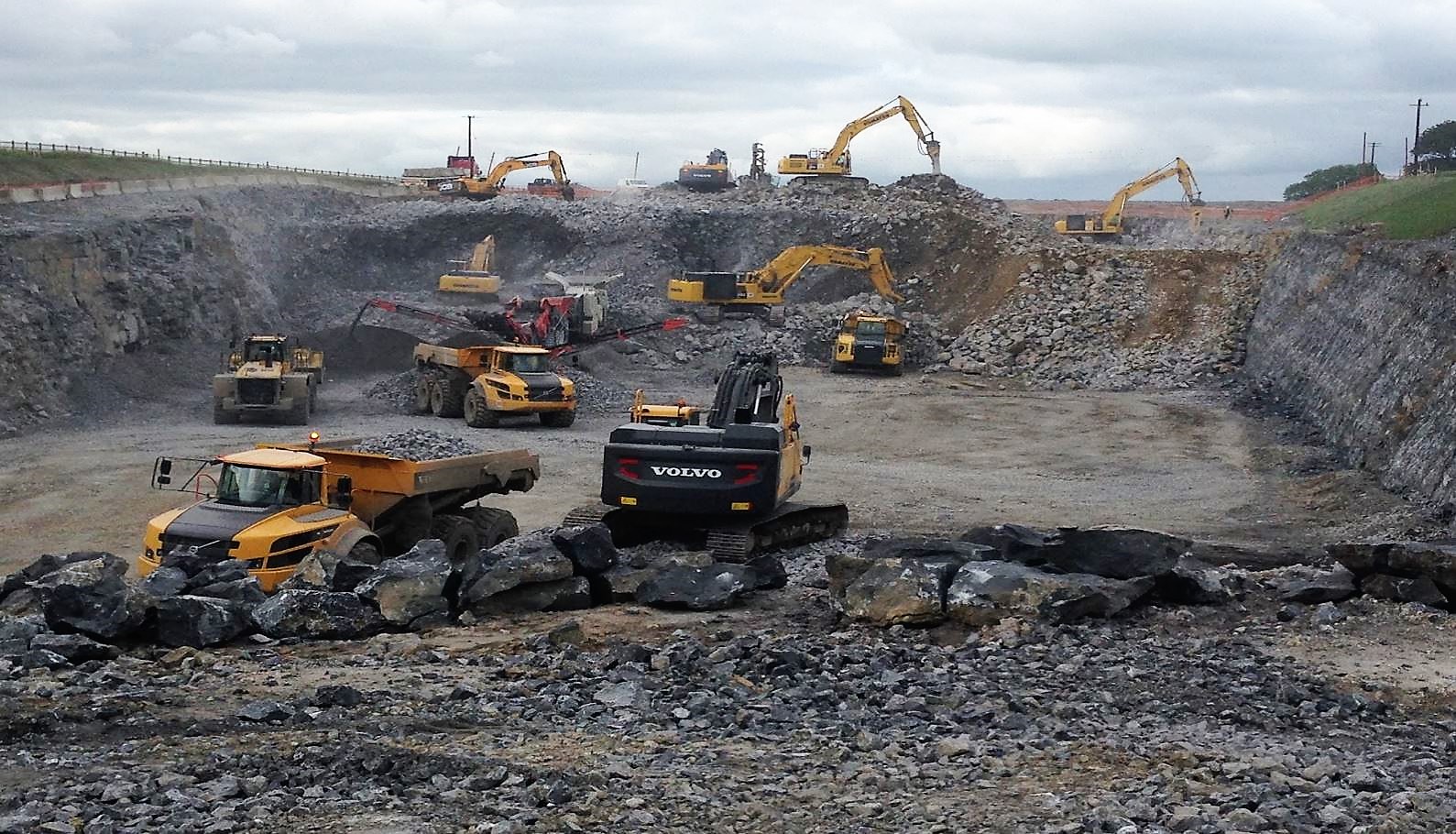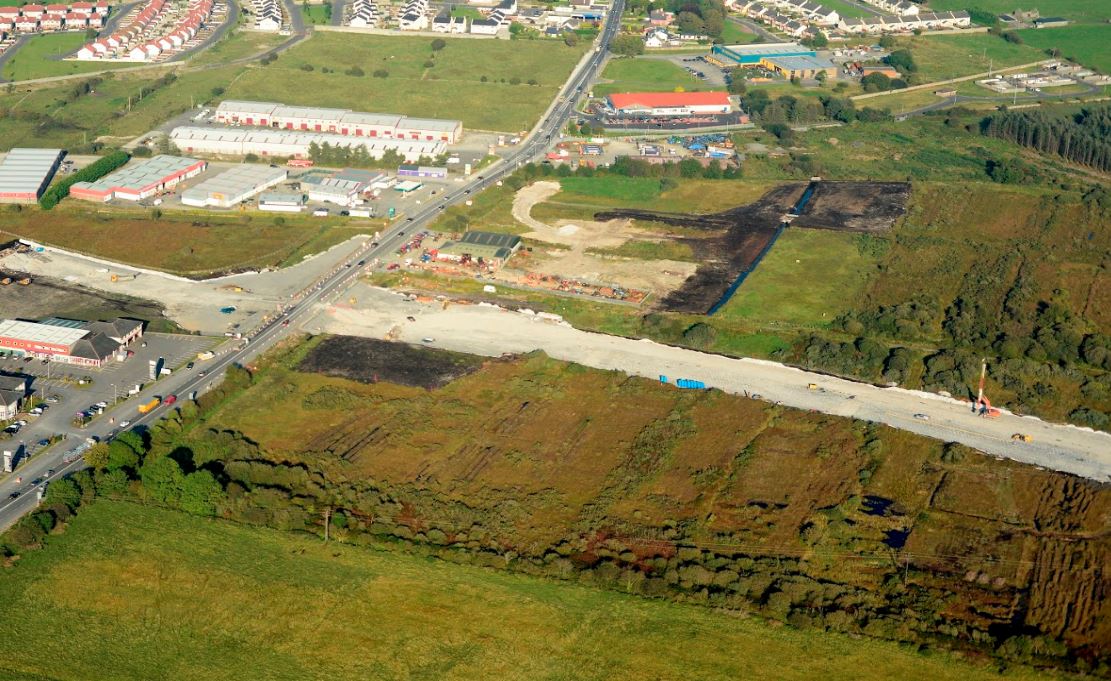M17/M18 Gort to Tuam PPP Scheme
Category III Checkers
Location: Co. Galway
Client: Halcrow Barry
Project Value: €550 million
Completed: Construction In Progress – Estimated Late 2017/Early 2018
Country: Ireland
AGL Consulting were Independent Category III Checkers on the Earthworks Design for the Central and Northern Sections of the M17/M18 Gort to Tuam Motorway, including the Tuam Bypass.
Our scope of work included the independent check of the geotechnical design reports and earthworks design drawings and specifications for
- 21.5 km of motorway on the M17 from approximately 3.75 km north of the Rathmorrisey Interchange on the M6, to the Kilmore Junction with the existing N17 west of Tuam;
- 4.2 km of Type 2 Dual Carriageway on the Tuam Bypass north of the Kilmore Junction; and
- Approximately 5 km of new and re-aligned sideroads, link roads and local access roads at the structures, grade-separated interchanges and junctions.
The scheme follows a largely greenfield route which is notably characterised by karstification in the underlying Limestone bedrock. Therefore, the earthworks design for the scheme included a sitewide karst risk assessment. Extensive subsurface and surface karst features were identified from walkover surveys and aerial photographs. An inspection protocol was established to identify karst features along the alignment during construction, and earthworks design measures were developed for a range of features to mitigate against the risk of collapse or excessive settlement or subsidence on the motorway. These typically involved excavating disturbed soils within identifed karst features and backfilling using graded granular filters reinforced with high strength geotextiles or geogrids.
There were also significant sections of the scheme that involved the staged construction of embankments on deep deposits of very low strength inorganic marl and fine-grained alluvium using vertical drains and temporary surcharge loads. These embankments required extensive checks of embankment stability during each stage of construction, and an assessment of the short and long term consolidation and creep settlements to demonstrate compliance with the relevant design standards and Construction Requirements. The embankment on the southern approach to the River Nanny on the Tuam Bypass was designed to be supported on a pile-supported reinforced earth load transfer platform due to the depth of soft ground adjacent to the river. An alternative excavate/replace design using temporary sheetpile supports along the banks of the river was also evaluated and eventually adopted by the Contractor during construction.
The were also a number of deep rock cuts on the scheme, which involved an assessment of rock slope stability design measures.
[Sassy_Social_Share]
Geotechnical Engineering Specialists
Address Suite 2, The Avenue, Beacon Court, Dublin 18, D18 EOK5
Phone +353 (0) 1 295 6532
Mail info@agl.ie






